How to Prepare Your Home for a Typhoon: 9 Crucial Steps
-
Kristin Hitchcock
- Last updated:
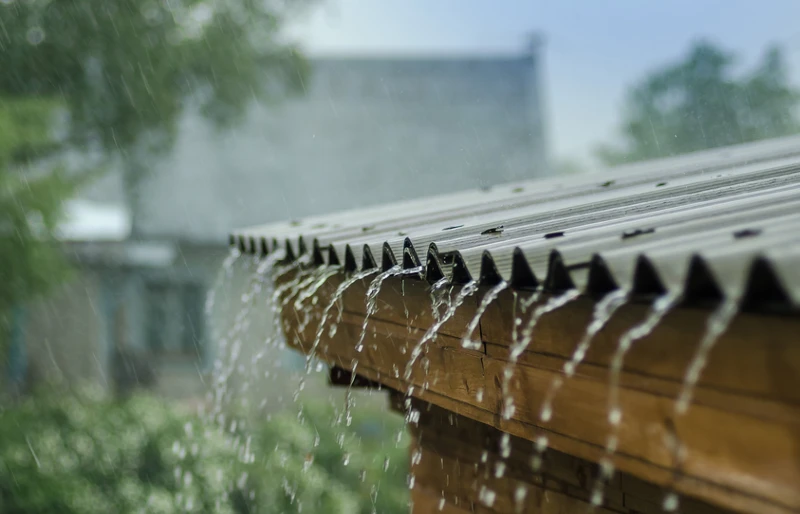
Typhoons are terrifying. It isn’t odd to feel a bit hopeless in the face of such a big storm. However, there is surprisingly a lot you can do to prepare for one of these storms. On top of preparing yourself and your family, there are several preparation steps you should implement in your home. These steps are crucial to keeping your family safe and minimizing damage.
Many of these steps should be completed with plenty of time to spare. Therefore, it makes sense to start preparing days in advance.
The 9 Crucial Steps to Prepare Your Home for a Typhoon
1. Clean Your Yard
Outdoor equipment and furniture should be removed since they can blow around and cause damage. Plus, anything you leave outside will be damaged by the storm. Anything not tied down should be put inside your garage or another secure location.
Lawn furniture, propane tanks, grills, bikes, and other outdoor gear must be moved inside.
2. Cover Doors and Windows
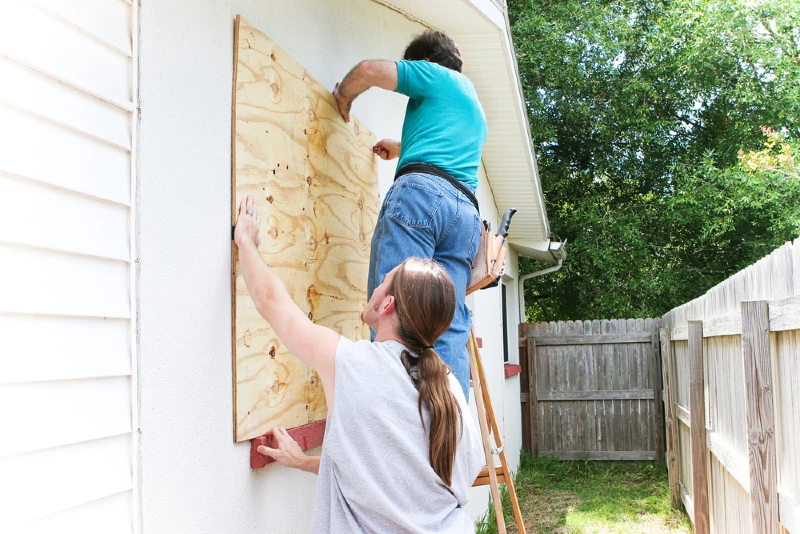
The doors and windows are your home’s most vulnerable sites since the entry points are likely to be damaged during the storm. If a door gets blown in or a window breaks, the storm can access areas inside your home. Therefore, one of your top priorities should be protecting these points.
It would be best if you used storm shutters or nail pieces of plywood against your outside window. This extra layer of protection can keep your windows from breaking. A flying object may break your window panes. However, they’re much less likely to get through a layer of plywood and the window.
You should secure all of your doors, but don’t secure them so well that you can’t leave. You never know what will happen during a storm, and you may need to leave your home promptly. Therefore, ensure you can still get out of all of your doors in a timely manner. If a window breaks somewhere in the house, internal doors can provide some protection to help contain the damage.
3. Know How to Turn Off Your Power
In the event that you evacuate your home, you will need to turn off your power. Therefore, you should know how to turn off the power so that you can do it quickly in an emergency. You may have little time to fiddle around with the power, so practice turning it off before the storm hits.
You should also turn off the power if you see flooding or downed power lines. This step prevents emergency personnel and others from becoming injured.
4. Get a Carbon Monoxide Detector
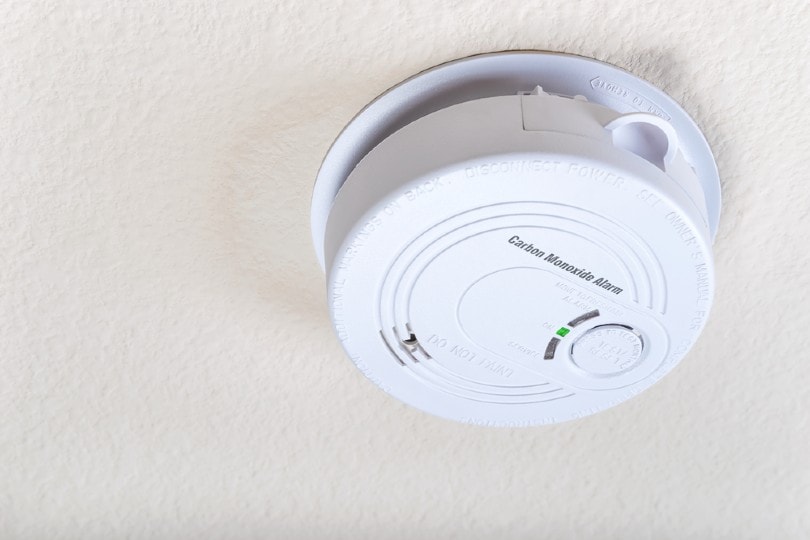
Sadly, during most major storms, several people perish due to carbon monoxide poisoning. Often, this occurs when someone tries to use a generator indoors, which can cause carbon monoxide to build up to toxic levels. However, gas-powered devices inside homes, like water heaters, are more likely to mess up during a major storm, releasing carbon monoxide into the house.
This gas is completely undetectable to humans and pets, and the only way to detect it is with a carbon monoxide detector. For this reason, we highly recommend having one in your home. Double-check that the sensor is working and place it in a centralized area. If you are staying in a single room in your home, take the detector with you.
5. Fill Water Containers.
The water supply is often affected by major storms like typhoons. Therefore, you should kill up many containers with drinking water. Be sure to have enough for at least three days for everyone in your home. However, more is always better.
You should also fill up your sinks and bathtubs with water. These water basins can be used for washing and adding water to the toilets if the storm affects your town’s water supply. Hygiene shouldn’t slide just because of the storm, as it can lead to outbreaks of diseases.
6. Install Roof Straps
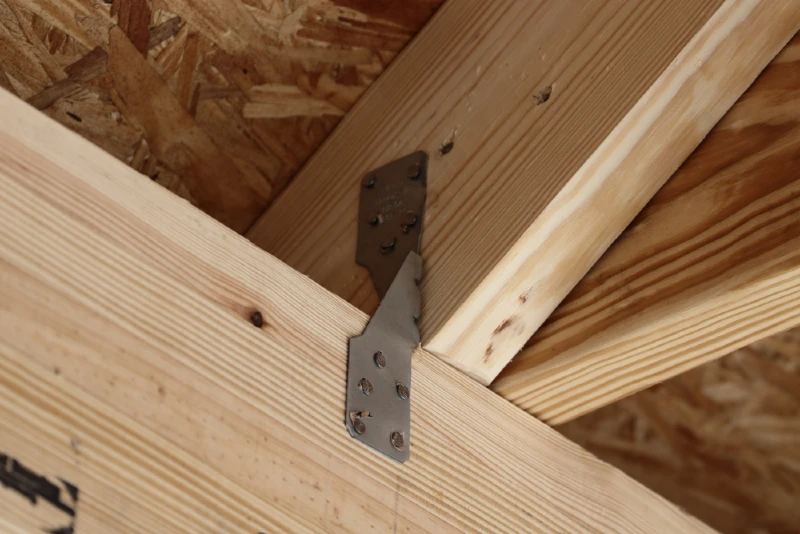
If possible, you should utilize roof straps to help your roof remain on your house. These straps provide extra staying power during storms. However, this is usually something you have to purchase and prepare long before a storm threatens you. If you aren’t currently under a storm threat, purchase the straps and learn how to install them.
7. Trim Shrubs and Trees
Trees and shrubs that are well-trimmed will be more wind-resistant. It would be best if you always kept your shrubs and trees trimmed when you live in a typhoon-prone area. However, you may want to do some last-minute trimming when a storm is approaching.
While trimming can help prevent trees and shrubs from being damaged, it also prevents them from damaging your house. The last thing you want is for your landscaping to go airborne. Taller trees often need professionals to trim them.
8. Clean Gutters
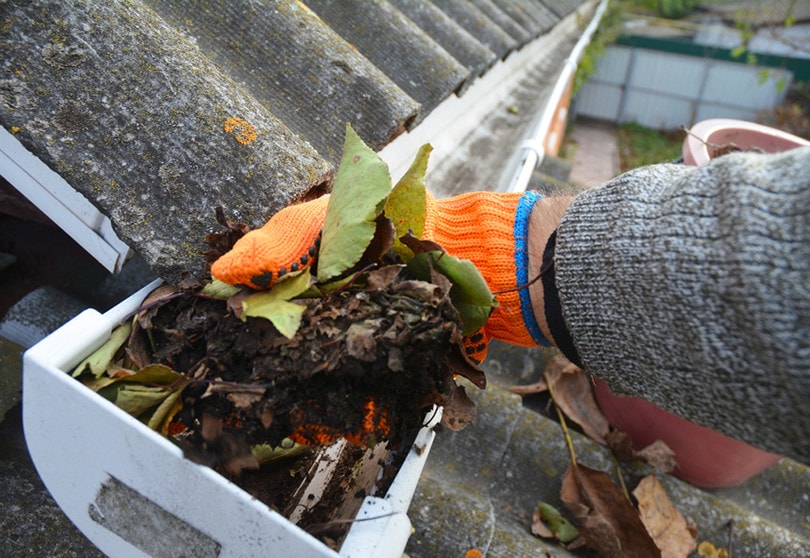
Your gutters play a crucial job during a typhoon or other major storm. They help prevent rain from collecting on the roof, causing damage. Therefore, we highly recommend cleaning them before a storm if possible. Of course, this should be part of your regular home maintenance. However, if you’ve been putting it off, now is the time to get them clean.
9. Reinforce Garage Doors
Reinforcing your garage doors can prevent wind from getting into your garage. Houses are not made to have strong forces pushing on the internal walls, and since garage doors are more flexible than wood doors, they can cave in by a heavy wind gust.
There are commercial products on the market for this purpose. However, even if you don’t have time to purchase one, you can reinforce the door with wood.
Conclusion
Typhoons can be very scary. Often, you can do little to protect your home when confronted with the heavy rains and winds that come with a typhoon. Luckily, there are many things you can do to prevent some damage, like removing items from your yard, securing your doors and windows, reinforcing your garage doors, and using roof straps. With a little preparation, you can protect your family and property from a terrifying storm.
Featured Image Credit: Anna Nikonorova, Shutterstock
Contents
